History and British Charm in Farnham
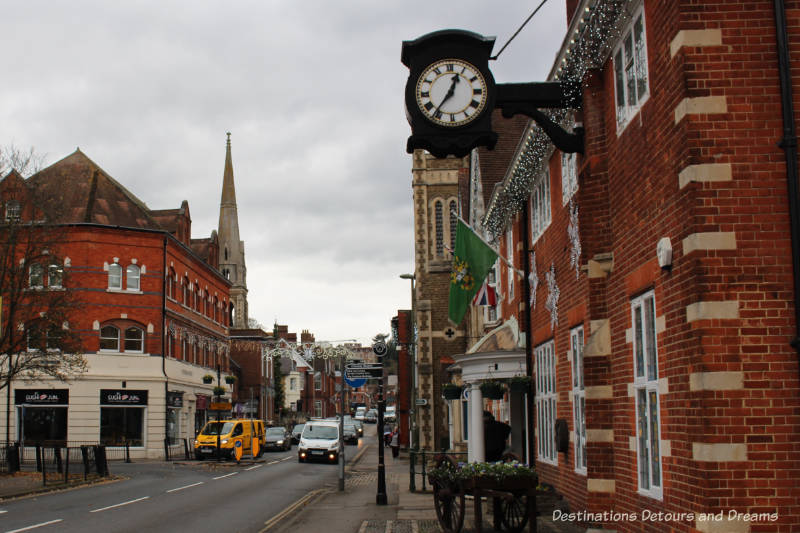
Exploring the heritage of a historic market town on the western edges of Surrey, England
Farnham is a historic British market town located on the western edges of Surrey in the rolling Surrey Hills. It is known for its Georgian streets, historic buildings, craft heritage, and easy access to the North Downs Way. Farnham was one of the earliest medieval planned towns in the region. It has a long history with evidence of Stone Age, Roman,and Saxon dwellings.
Today, the town contains modern independent shops and restaurants while maintaining its historic character. The Sunday Times 2017 “best places to live” list included Farnham in the top twenty towns of the south east region. While house-sitting in a nearby village, I had the opportunity to explore the town.
The Heritage of Central Farnham
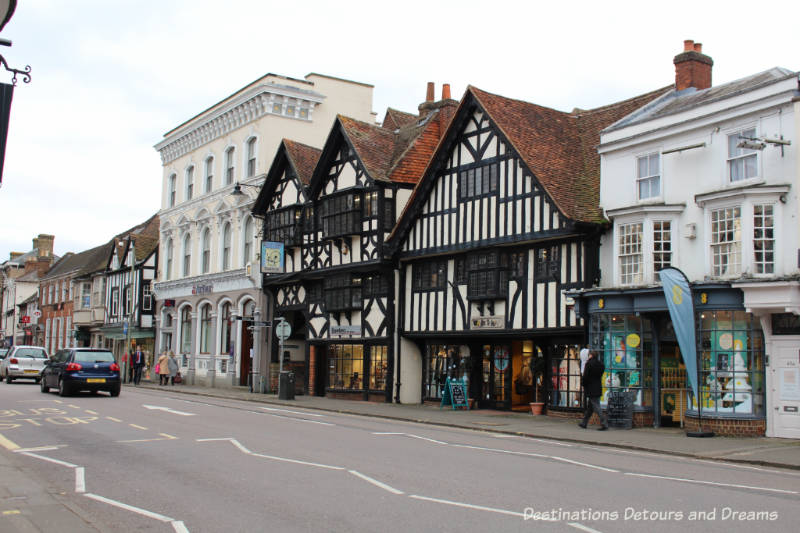
Although Farnham is known for its Georgian architecture, many of the Georgian structures conceal structures of Tudor or even earlier times. The architecture is interesting and beautiful in its own, but there is also a wealth of history in the stories of the buildings. King Charles I stayed in Vernon House, earlier known as Culver House, for one night as a prisoner before going on to London for trial and eventual execution. Harold Faulkner, a notable British architect considered a leading exponent of Arts & Crafts architecture, lived and practiced here from 1897 to 1963.
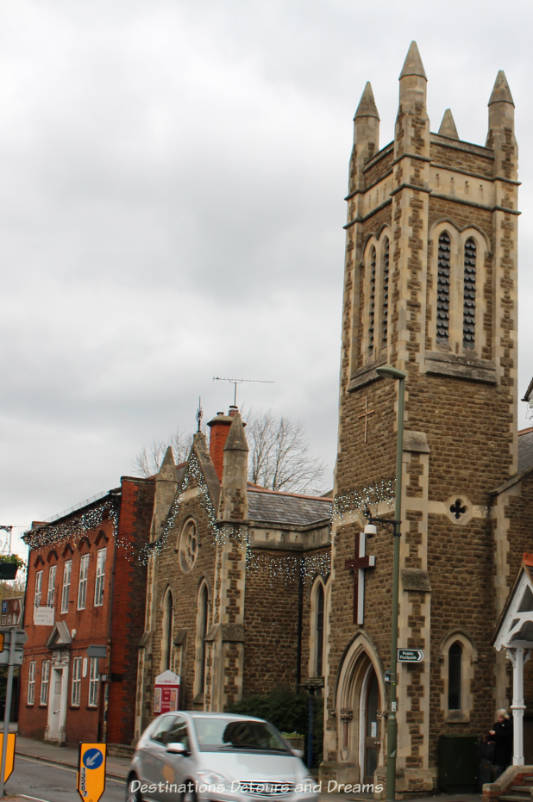
The Liberal Club building was the first public work designed by Edwin Lutyens, one of Britain’s most famous architects. He lived from 1869 to 1944 and was known for imaginatively adapting traditional architectural styles to requirements of the era.
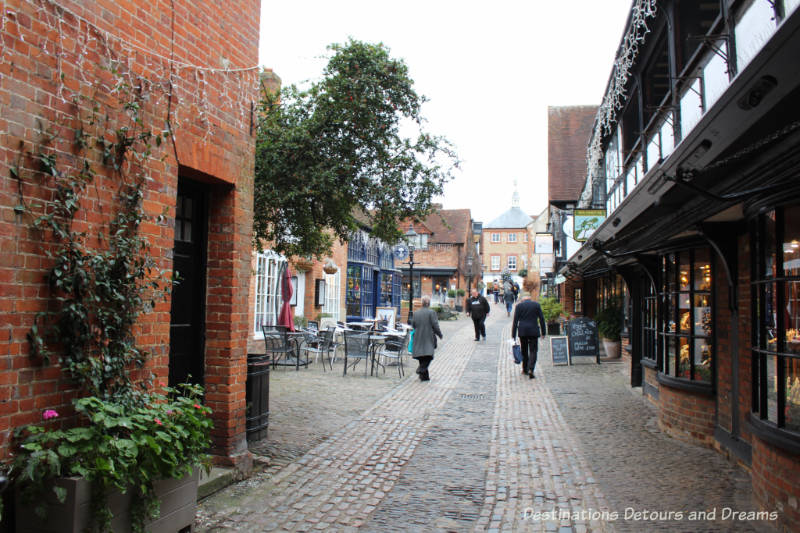
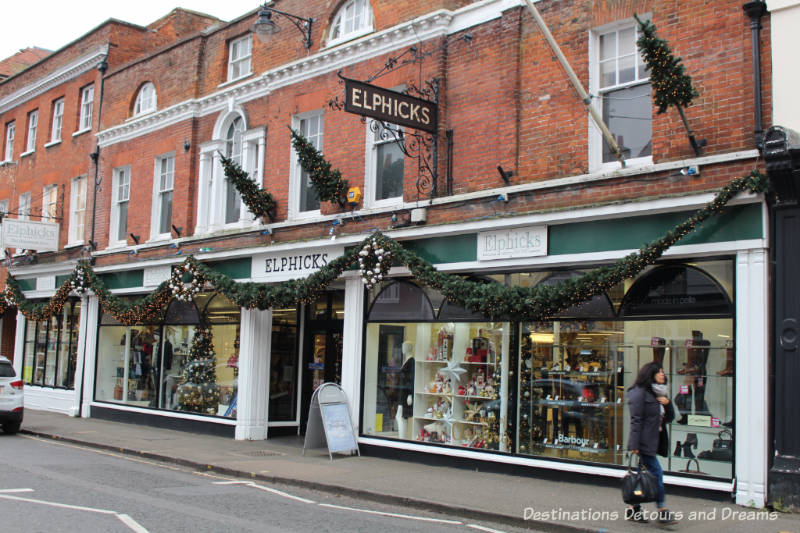
Elphicks department store traces its history to 1881 when George Elphick opened a drapery business in Farnham on the same site as the current store. August Toplady, author of the hymn Rock of Ages, was born in a cottage on this site in 1740.
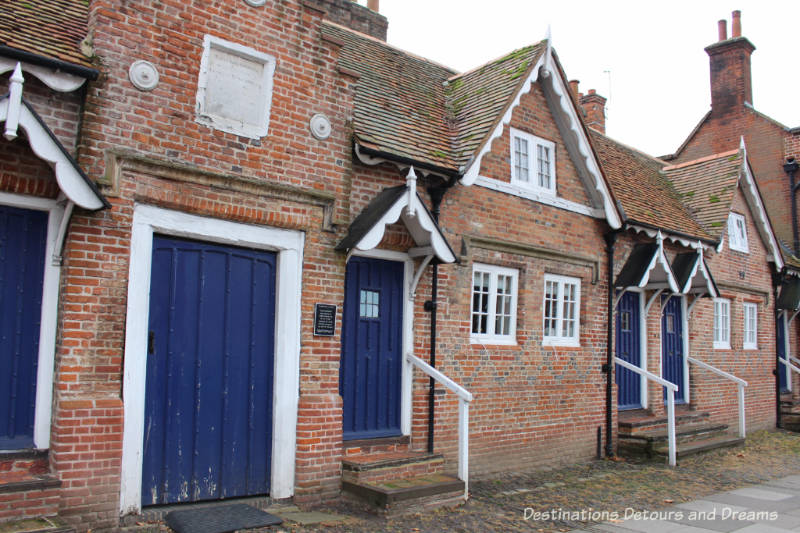
A plaque on a row of almshouse on Castle Street reads “These almshouses were erected by Andrew Windsor Esq in 1619 for the habitation and relief of eight poor honest old impotent persons.” These days we might not use the word impotent to describe those unable to work due to poor health or disability. Andrew Windsor established a trust to manage the houses. That trust still operates today and the houses are for pensioners with limited financial resources.
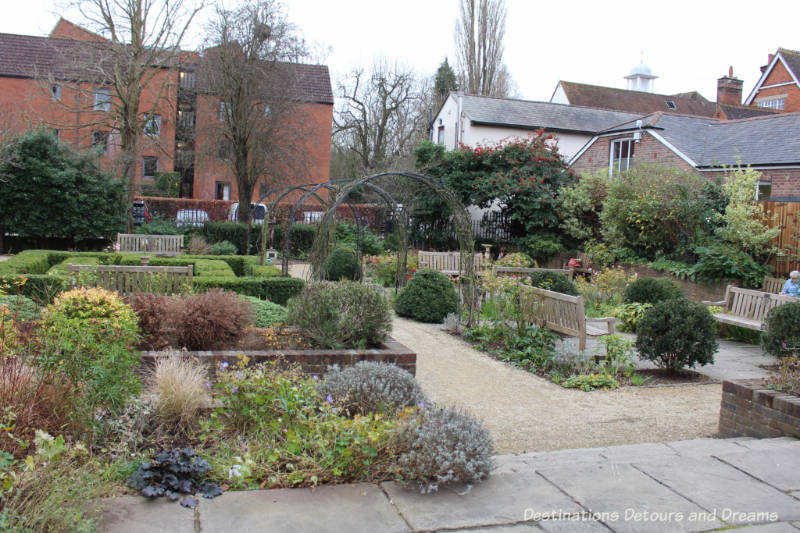
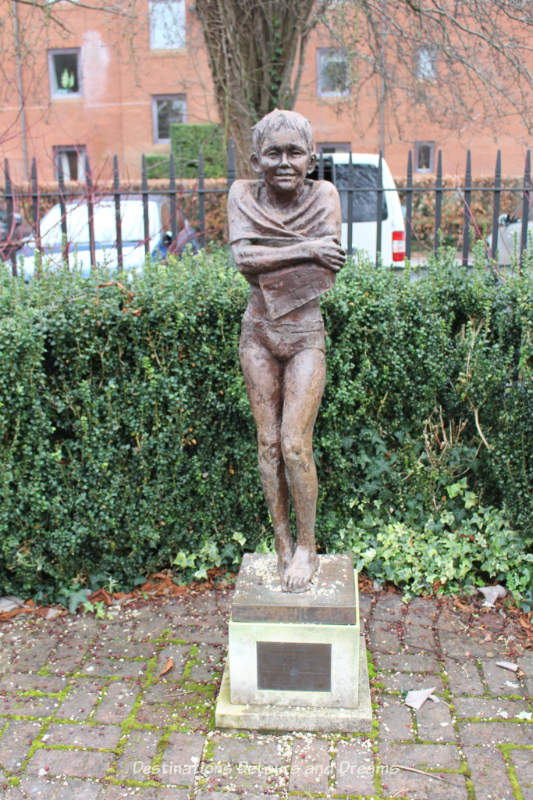
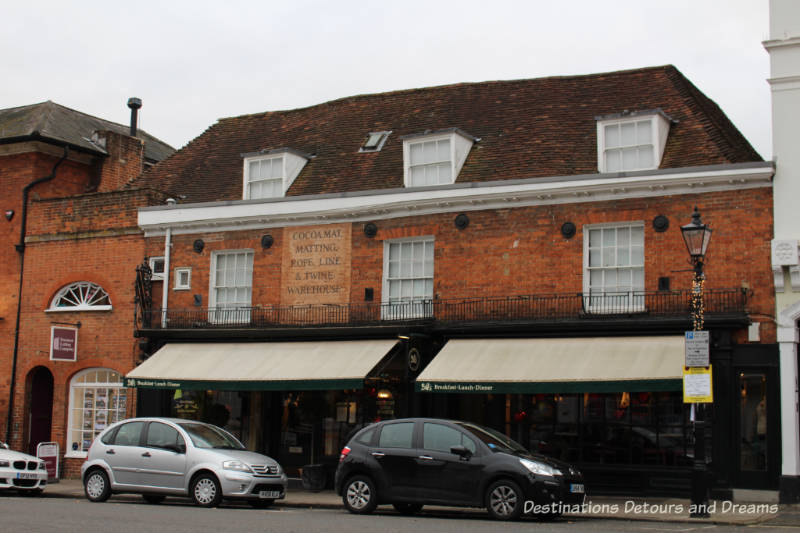
St. Andrew’s Church
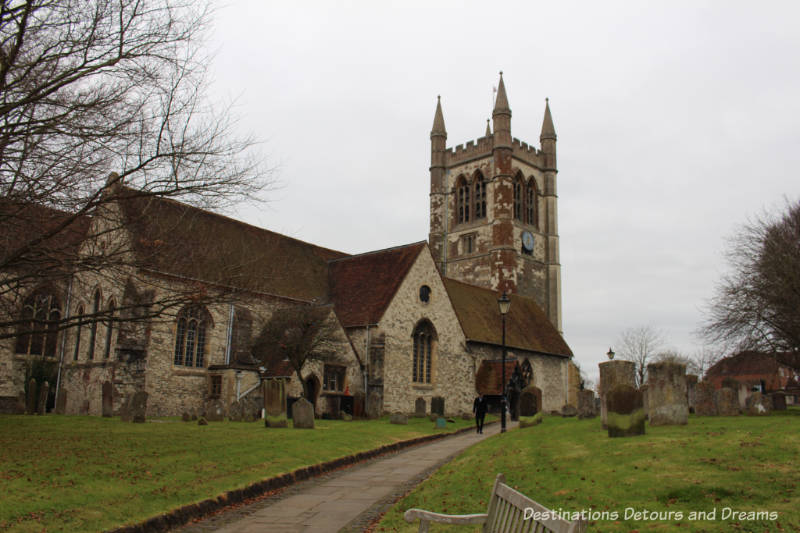
St. Andrew’s Church is a Grade I listed building. The oldest part of the church, the chancel, dates to the 12th century when Thomas a Beckett was Archbishop of Canterbury. Over the years the church has been added to and remodelled. The nave, the central part of the building, is from the 15th century. The clock dates to the 17th century.
Although located in the central part of town, the church yard retains a quiet and peaceful atmosphere. William Corbett, an 18th century radical journalist who was one of the the Industrial Revolutionist’s most committed agitators, is buried in the church yard.
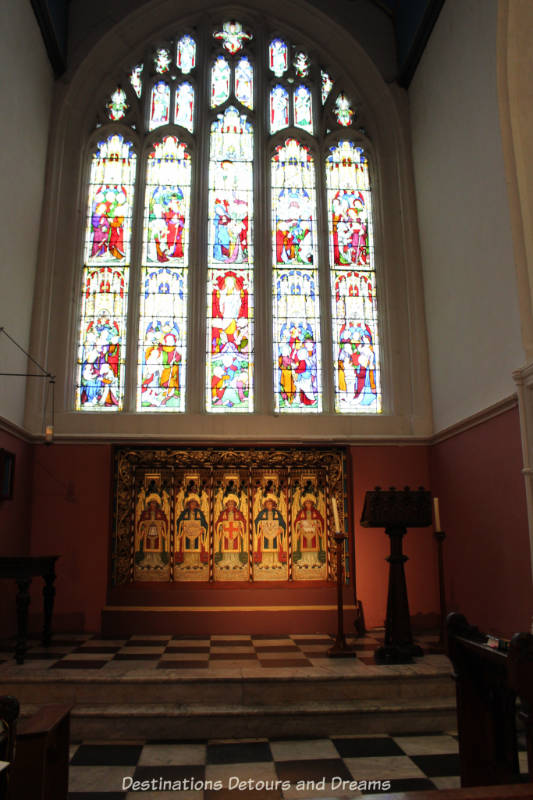
Farnham Maltings
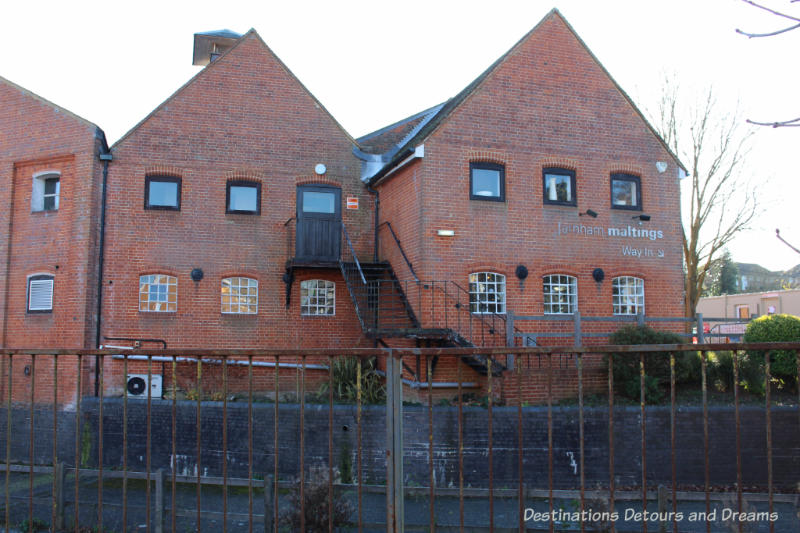
Farnham Maltings is home to a number of artist studios and theatre and dance companies. Here you will find a variety of workshops, stage productions, and craft festivals.
Farnham Maltings was originally more than one building. The South Wing was used as a tannery in the 1750s. In 1845, John Barrett bought the buildings and converted them into a brewery. Courage Breweries took over Farnham United Breweries in 1925. Malting continued on the site until 1956 when newer methods made malting here uneconomical. The abandoned building fell into disreparir until a project began in 1969 to turn the space into a creative arts centre.
Hops, used as a preservative and to give a bitter flavour to beer, were introduced to the area in the 16th century. At one time, Farnham hops were the most expensive and prized hops in England.
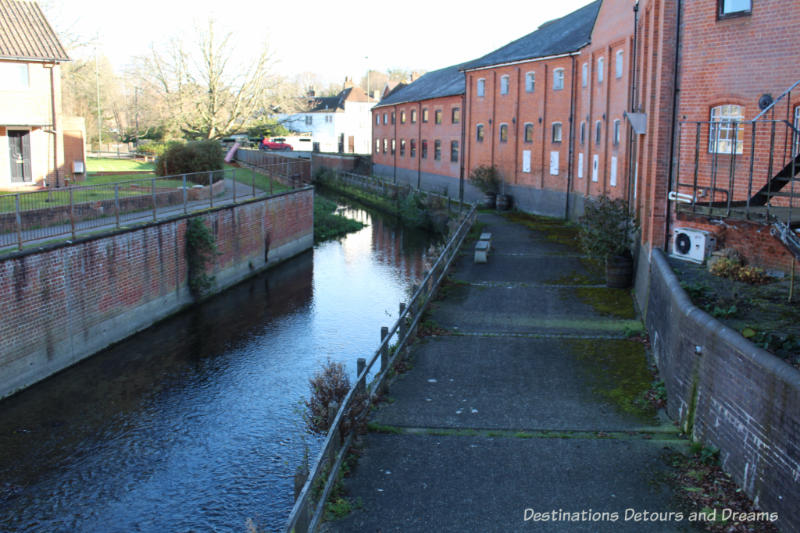
Farnham Castle Keep and Bishop’s Palace
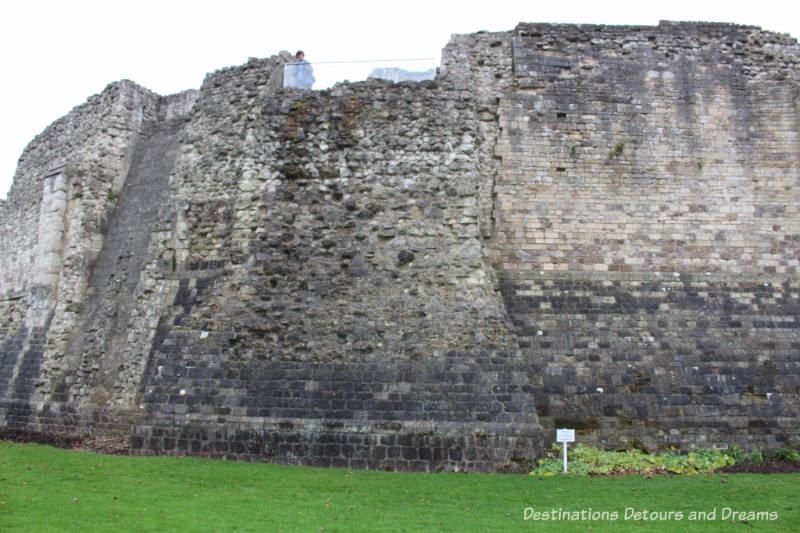
For hundreds of years, the manor of Farnham belonged to the wealthy and powerful bishops of Winchester. Farnham Castle, built by Bishop Henry of Blois starting in 1138, served as stronghold, home, and administrative centre. During the English Civil War between Charles I and Parliament in the 1640s, Farnham Castle’s position made it strategically important to both sides. Military activity occurred at or near the Castle. The Castle was in Parliament hands for most of the war.
Farnham Castle sits on a hill at the end of Castle Street and overlooks the town. Today, Farnham Castle is a privately owned conference and event centre. However, parts of the castle are open to the public.
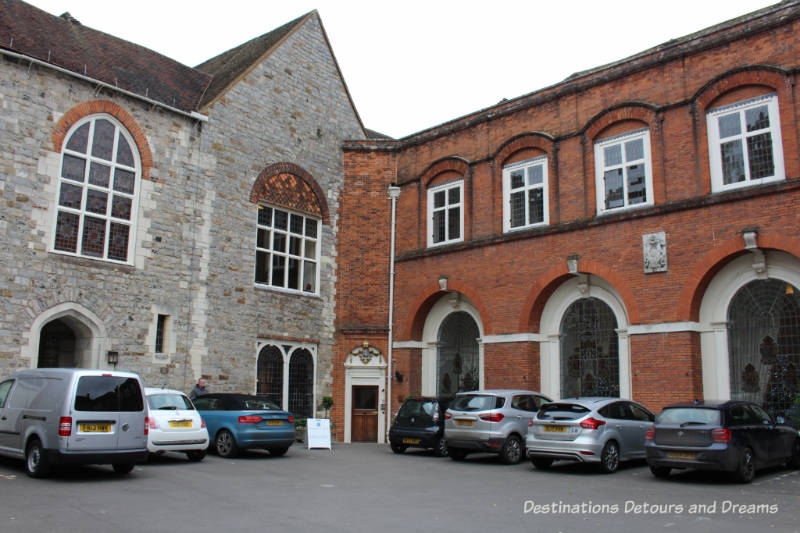
The Bishop’s Palace is one of the few remaining great houses of England. Free tours are available Wednesday afternoons from 2 to 4 pm. Unfortunately, the day I visited tours had been cancelled because the entire facility was booked with private parties.
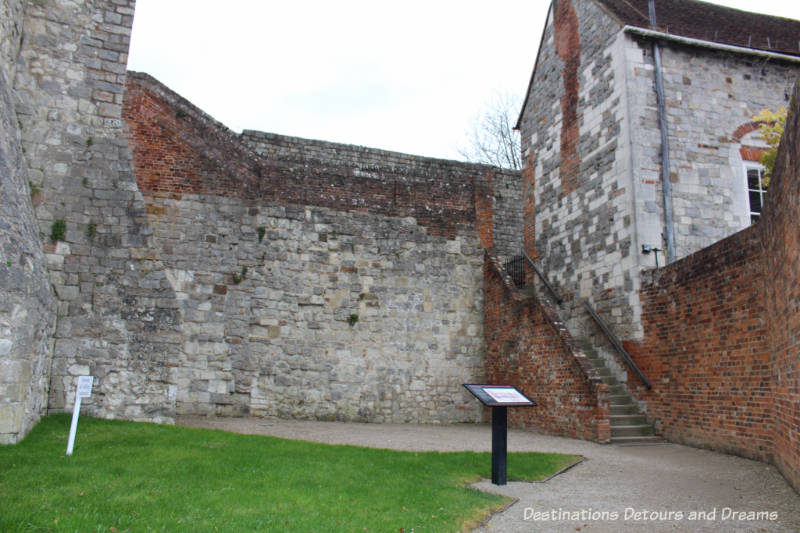
The Castle Keep is open daily (Monday to Friday 9 am to 5pm; Saturday, Sunday, and Bank Holidays 10 am to 4 pm), except for the period between Christmas and New Year. Entrance is free.
A keep was a self-sufficient structure castle defenders could retreat to as last resort. A shell keep was a round or oval stone fortification circling a motte, a mound of earth on which a keep was usually built. Farnham’s Shell Keep was built around the motte’s sides, not on top. It is not known exactly when the keep was built, but records show it was already in place in 1208. Instead of one large tower, it had five smaller ones. Of those five towers, today only the Gatehouse Tower retains its original height. In the 13th century, the keep contained only the essentials for a small garrison. Building over the next century resulted in the keep having a counterpart for almost every building in the Bishop’s Palace. In 1958, archaeologists unearthed evidence of an earlier tower. It is possible it existed for fewer than 20 years. It disappeared in the middle of the 12th century, perhaps as a result of orders by King Henry II to destroy many castles.
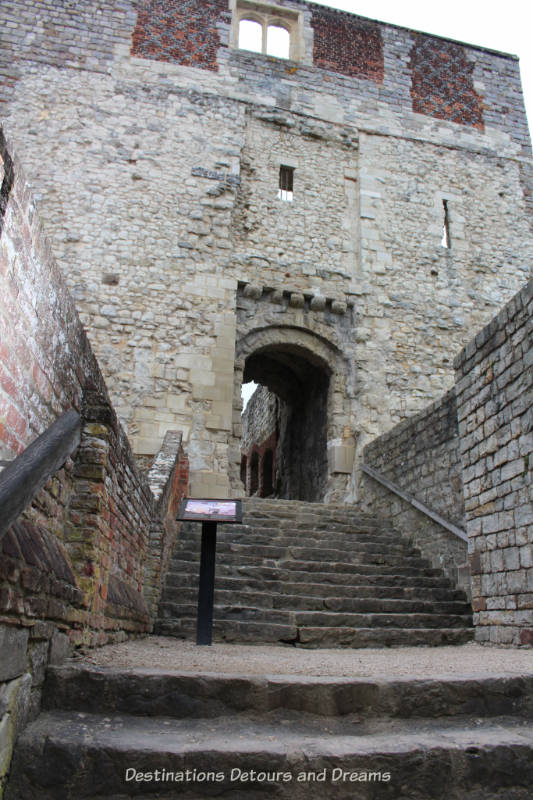
One of the Keep’s towers was blown up in 1642. In 1648, Parliamentary forces ordered the destruction of the castle. After the return of the monarchy in 1660, the Bishop’s Palace was restored, but the keep remained in ruins.
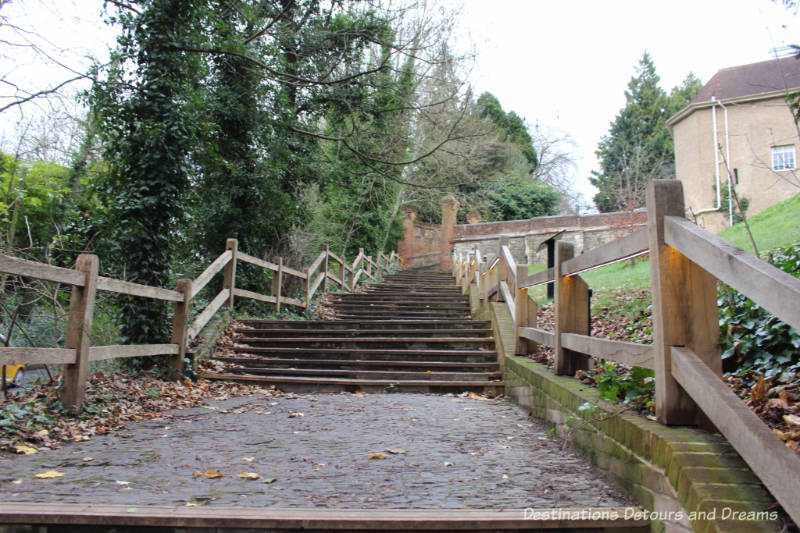
A short walk up the hill on Castle Street and then up a set of stairs takes you to the castle. The Blind Bishop’s Steps were built by Richard Fox who became Bishop of Winchester in 1501. He became blind during the last ten years of his life and spend much of his time at Farnham Castle. The phrase “Seven by Seven Paces” has become associated with these steps. There are seven sets of seven steps, seven paces apart, although in my case it was actually eight paces between the sets of stairs.
If you don’t wish to walk up the hill and stairs, there is limited parking available ten metres from the castle Keep entrance. There is also a small one-room information centre with signposts outlining the history of the castle and the Bishops of Winchester.
If You Go
Central Farnham is compact and easy to explore on foot. A heritage trail booklet published by the Farnham Town Council makes a good guide. More information about Farnham’s history can be found in the Museum of Farnham. Housed inside the historic Grade I listed Vernon House, the museum is open Tuesdays to Saturdays. Admission is free.
A one-way street system exists in central Farnham. Checking maps ahead of time will make navigation easier. Parking on the road in central Farnham is restricted. There are several pay and display car parks: Waggon Yard on Lower Church Street, Central Car Park on Victoria Road, and South Street Car Park on South Street near Victoria Road. Farnham Maltings has a car park, but it can fill up on festival days. It is a short walk from any of the car parks I’ve mentioned to Farnham Maltings.
Beyond Farnham
The area around Farnham offers historic, art related, and scenic attractions. The ruins of Waverley Abbey, Britain’s first Cistercian monastery, lies just a couple of miles outside the town down Waverley Lane. The Sculpture Park in Churt, six miles away, contains over 800 sculptures set in a woodland garden. At Compton, nine miles from Farnham, Watts Gallery – Artists’ Village is located on the site of the former home of Victorian artists George Frederic Watts and his wife Mary Watts. A gallery displays Victorian art. Their studio and home can be toured. Nearby, Watts Chapel, a beautiful tiled chapel designed by Mary Watts, is open to the public.
Never miss a story. Sign up for Destinations Detours and Dreams monthly e-newsletter and receive behind-the-scenes information and sneak peaks ahead.
PIN IT
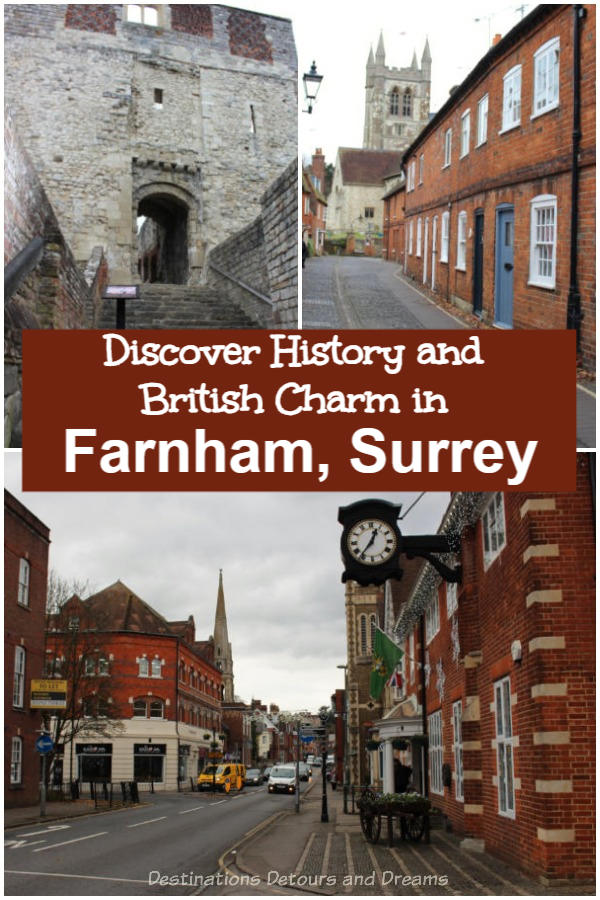

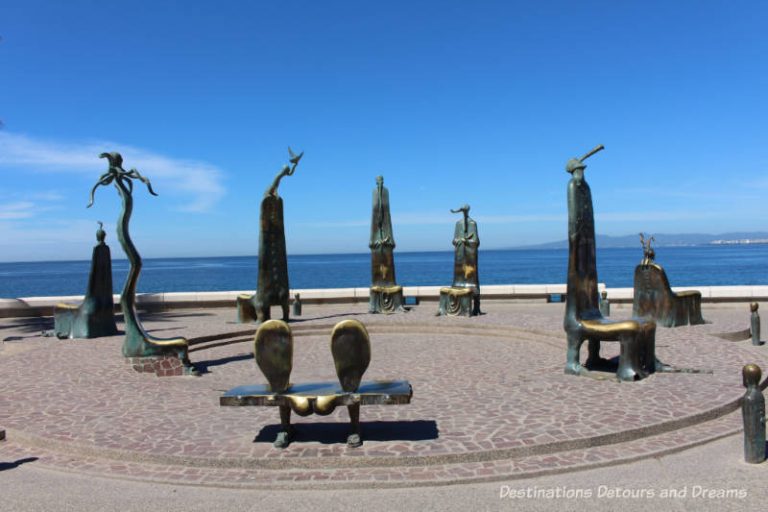
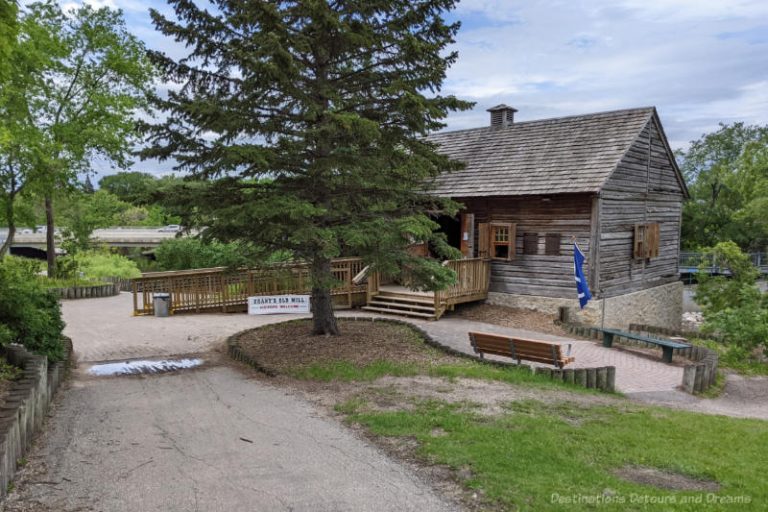
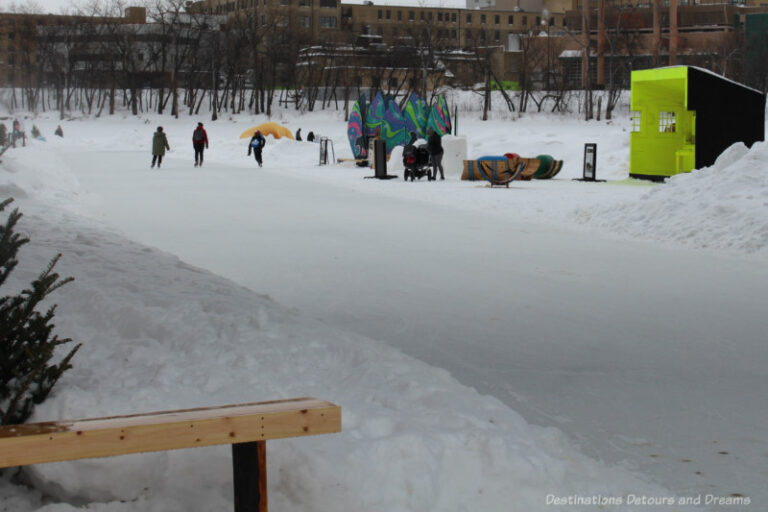
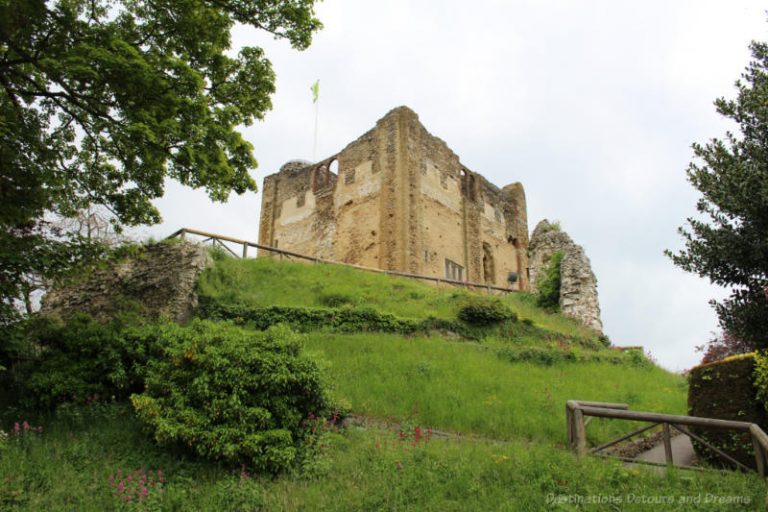
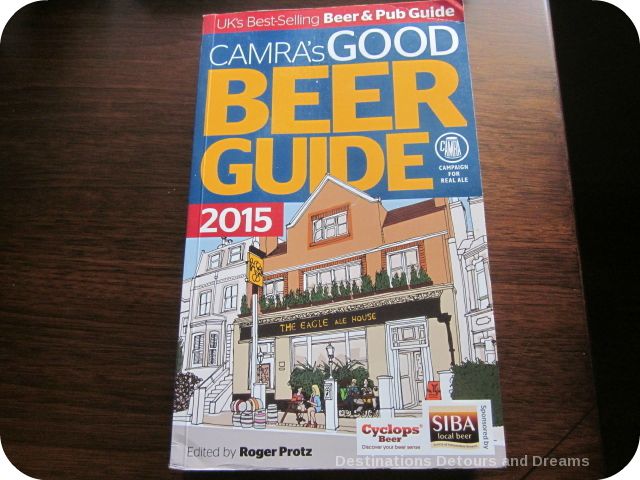
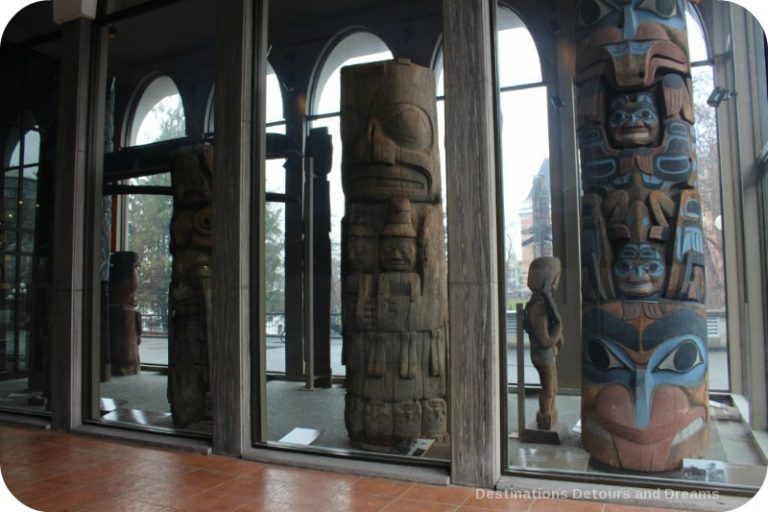
What an interesting place. It is common to see old castles or churches, but 17th century almshouses that are still inhabitable? Don’t know where else you’ll find that.
Ken, the almshouses were interesting. The building was attractive and it was only after I stopped to look at it that I noticed the plaque.
Hi Donna. Farnham looks lovely–even with all those grey skies! The statue of the shivering boy makes me realize that cloudy and warmer is preferable to sunny and -30! Thx for the great post.
Doreen, it is a trade-off. We Manitobans get cranky after a few days without sunshine!
I am always amazed at the detail and completeness of your posts. But I especially love the Beyond section. Often I would find out later I missed some great landmark just a few miles from where I was!
Thanks Carol. It is frustrating to discover later that you were near someplace you would have liked to see and missed it.
I like that the Almshouse buildings are still funded and used for the elderly. Farnham looks like yet another good reason to visit Surrey.
RoseMary, there seem to be lots of delights in every corner of Surrey, but I think the same is true of other areas of England.
Very picturesque place. I love it. It’s funny, soon as l got to the picture of the boy, l thought shivering boy, then l read the caption..haha! I wish l had gotten to see more of Surrey when l visited years ago. I do need to correct that. Thanks for showing me yet another wonderful area.
Thanks Kemkem. It was picturesque. I think shivering boy aptly describes that statue!
Farnham looks like such an interesting town. It must have been something to have swum in those Victorian open-air swimming baths. The statue of the little boy is especially evocative!
Michele, the Victorian swimming baths would have been something to see.
Lots of interesting history in Farnham! I always find it fascinating that people were planning towns as far back as the Middle Ages.
Karen, it is interesting to hear about town planning of olden times.
I’ve travelled past Farnham on a few occasions but not stopped by. I like the statue of the shivering boy. Would like to see the gatehouse.
Bola, maybe you’ll want to stop in Farnham on one of your next trips by it.